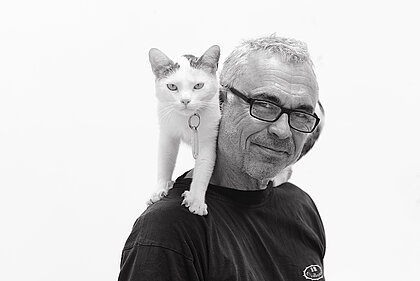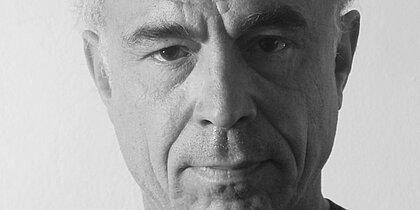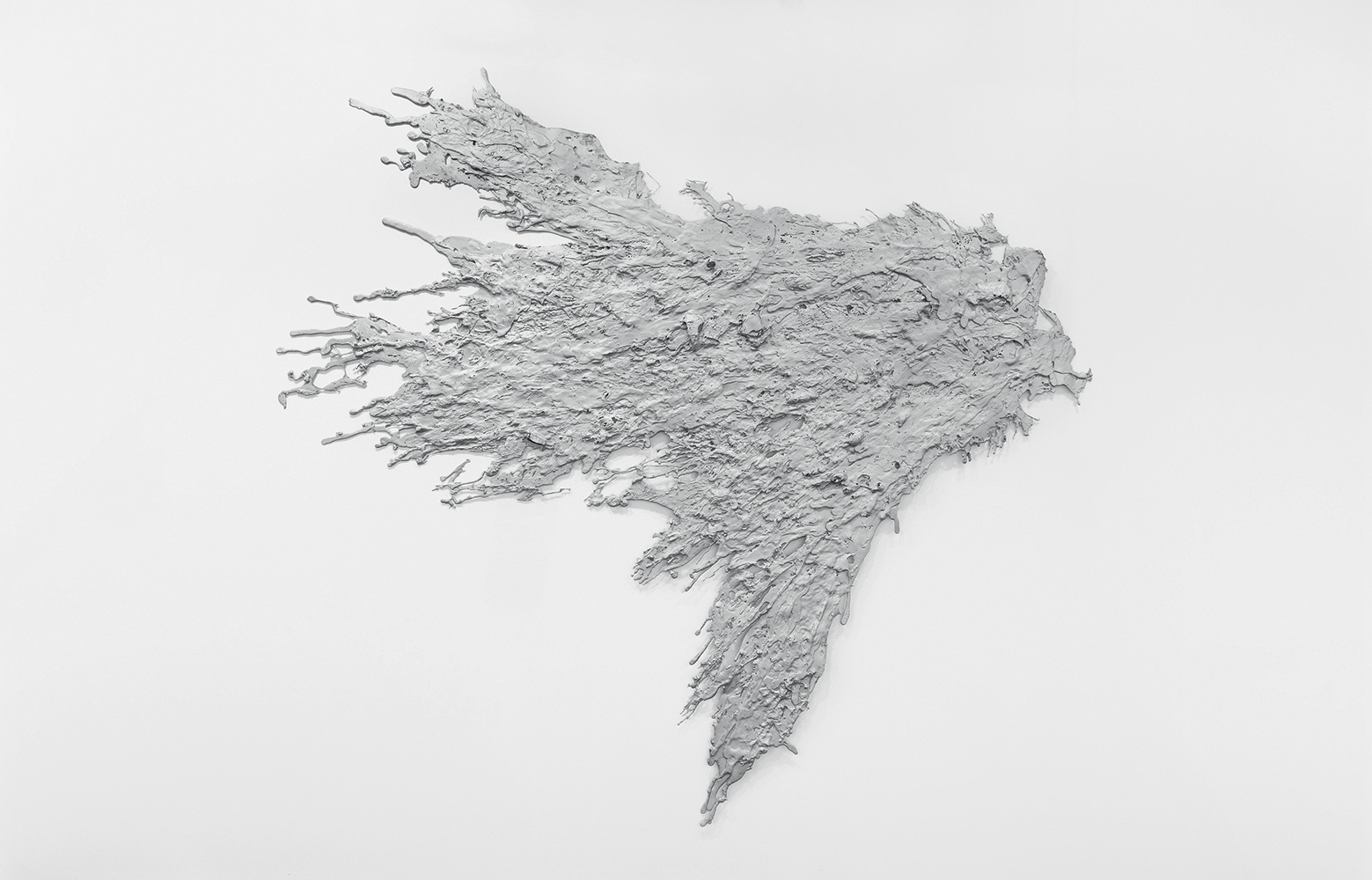Belgium
Michel
François


Biography
Michel François was born in Sint-Truiden, Belgium, in 1956. His artistic career began in the 1980s. In 1992, he took part in Documenta, Kassel. Two years later, he featured in the São Paulo Bieñal alongside Ann Veronica Janssens, with whom he also shared the Belgian Pavilion at the 48th Venice Biennale in 1999, for an exhibition titled Horror Vacui.
He exhibited at the SMAK, Ghent, in 2009, at the Institut d’Art Contemporain de Villeurbanne in 2010 and at the Musée des Arts Contemporains de la Fédération Wallonie-Bruxelles in 2012. All these solo exhibitions confirmed the importance of his role on the contemporary art scene. Michel François also collaborates regularly with choreographers and, since 2009, has been teaching at the French national fine arts school, ENSBA, in Paris.

About the artworks
Versatile and wide-ranging, Michel François works with installation, video and photography, using a great variety of materials, always to expressive effect. As is the case with the two works here, in aluminium, he often takes his materials from everyday life. Here, the simplicity of the medium enables a powerful and visually immediate discourse. Sculpture, in its multiple forms, is no doubt François’s favoured medium for expressing his concerns as he seeks to capture matter, space and the density of things. His constantly evolving work has great formal purity and his use of colour is sparing. Most of his photographs are in black-and-white.
The pieces by this artist institute rhythms that create tensions and dynamics. The idea of exploded form is also in evidence. As he proceeds from one work to the next, so François reiterates and at the same time renews his compositions, in a process of transformation and mutation of forms and ideas.
Recycling is thus one of his core concepts. His works suggest movement, evince instability and fluidity and seem to tend towards something else, as if they might soon disappear. The idea is to capture life in every possible manifestation, whether vegetable, mineral or human.
His photographs capture fragments of life : characters, movements and surprising views – fleeting moments. As if to further develop his idea of art as movement, François has on several occasions printed his works as large-format posters and left them out in his exhibitions for visitors to take away. Generous, dense, and intense, his work can be perceived as a process, an ongoing, never finished transformation.
The artworks
02
INSTANT GRATIFICATION, 2014
Aluminium dripping
Unique
250 x 280 cm
INSTANT GRATIFICATION, 2014
Aluminium dripping
Unique
250 x 280 cm

FROISSÉ, 2015
Aluminium cast
Unique
2 parts, each 120 x 90 x 15 cm
FROISSÉ, 2015
Aluminium cast
Unique
2 parts, each 120 x 90 x 15 cm

